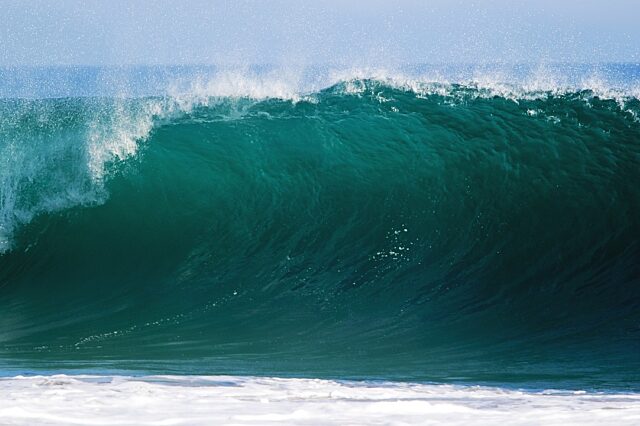Rip Current Awareness: How to stay safe during your swim

One minute you’re floating peacefully in the waves, the summer sun beating on your salty skin. The next thing you know, you’re being swept out to sea by one of the most dangerous hazards at the beach: a rip current.
June is Rip Current Safety Month. Rip currents are responsible for more than one hundred deaths every year. Knowing a few safety tips could keep you from becoming a victim.
Identify Rip Current
First, even though they are often called rip tides or undertow, rip currents are not actually a tide and don’t pull you under water. Waves break near the shoreline strongly in some locations and weakly in others, causing pockets of circulating water, or rip currents.
They usually form near sandbars or at breaks in sandbars, as well as near structures like jetties and piers. Keep an eye out for churning, choppy water, an area of water with notably different color, a break in the incoming wave pattern, or a line of foam, seaweed or debris drifting seaward.
Swim With Lifeguards Present
Rip currents can move as swift as eight feet per second — faster than an Olympic swimmer. Needless to say, weak swimmers are no match for rip currents. Never swim alone or at beaches without lifeguards; the chance that a person will drown at a beach protected by lifeguards is just one in 18 million. But if you find yourself suddenly swept out to sea, there are a few things you can do.
Stay Calm and Conserve Energy
Think of the rip current as a treadmill that cannot be turned off, and swim in a direction following the shoreline. When you make it out, swim at an angle away from the current, toward shore. If you are unable to swim out, try to float or calmly tread water.
If you’re still stuck, wave and shout for a lifeguard. If you’re on the beach side of an emergency, don’t play lifeguard unless you’re a very strong swimmer. Keeping these tips in mind can help ensure your next foray into the surf is safe.